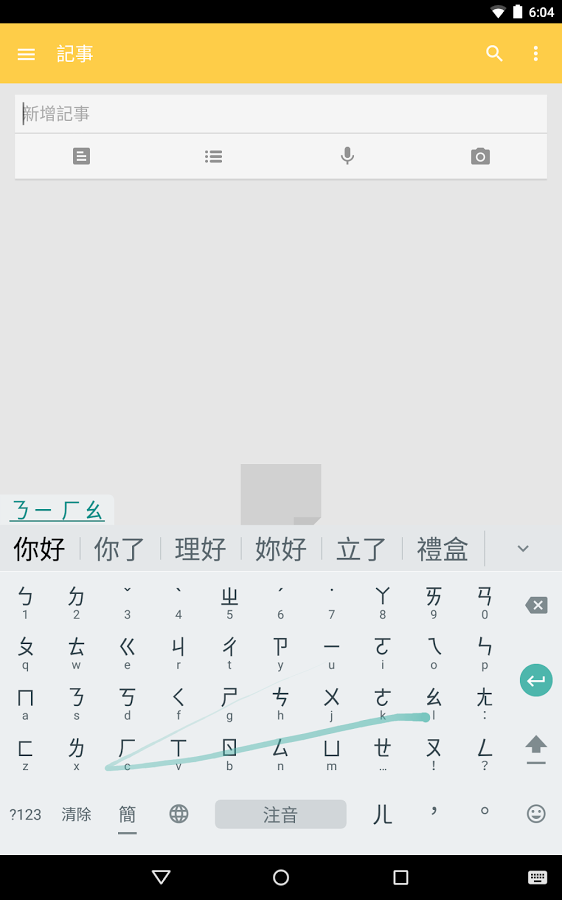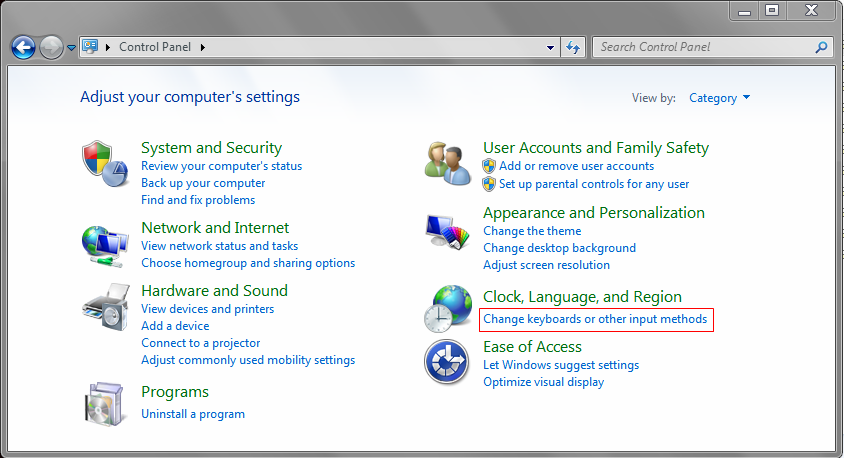

- #Google chinese input mingliu font Patch
- #Google chinese input mingliu font license
- #Google chinese input mingliu font windows
So, my patch only backouts for font-family: -moz-Field on Windows-Ja.

> likeliest locales to show similar issues.) > the results on Chinese and Korean systems, I guess, as they may be the > start over, or to apply a Japanese-specific fix. > clear to me whether the best way to address that is to revert everything and > Clearly, the result we're getting in Japanese is a problem but it's not (And bug 1123654#c3 notes that we were also having a > this issue, it would obviously regress the original issue with the fonts > I'm not sure whether that's the right way forward here. > (In reply to Masayuki Nakano (:masayuki) (Mozilla Japan) from comment #30) (In reply to Jonathan Kew (:jfkthame) from comment #34) given an element like, how many (Japanese) characters fit using Firefox39? How many fit with Firefox40? in px), do we end up with significantly fewer characters visible within the element, or does roughly the same amount of text fit as previously? (And if websites specify the width of with The only big difference is reproduced only on Win7-Ja. (In reply to Masayuki Nakano (:masayuki) (Mozilla Japan) from comment #33) (We should also investigate the results on Chinese and Korean systems, I guess, as they may be the likeliest locales to show similar issues.) (And bug 1123654#c3 notes that we were also having a problem in Thai, for example.)Ĭlearly, the result we're getting in Japanese is a problem but it's not clear to me whether the best way to address that is to revert everything and start over, or to apply a Japanese-specific fix. While it would fix this issue, it would obviously regress the original issue with the fonts used in en-US etc. I'm not sure whether that's the right way forward here. > Could you back it out from Beta, Aurora and Nightly? (In reply to Masayuki Nakano (:masayuki) (Mozilla Japan) from comment #30) For now, I'd like strongly to suggest the partial backout. John-san, how do you think about the compatibility issue? I think that if the CSS 3's new system fonts gets better fonts, we shouldn't change the width of as far as possible. In the widths of the tescase, Meiryo and Meiryo UI reaches same width, so, they use different rule to compute the width of. (On the other hand, I'm not sure the Google Chrome's behavior. So, the big difference isn't good thing for compatibility between browsers. Additionally, IE/Edge still users MS UI Gothic for the default font of. That may break the layout even if web sites are designed as no so tight (the width becomes almost x2). So, such change may make damage to our marketing share.Īnd also, only the Win7 case is too big change (MS UI Gothic vs. I agree with that it's a web designers' responsibility. > that they are not dependent on defaults never changing. Authors really should be designing things in such a way > good thing but default fonts do change and I don't think hacks like this are > I'm not a big fan of this sort of thing. > I think that we can back it out only for font: -moz-Field on Japanese
#Google chinese input mingliu font windows
> -moz-field only on Japanese Windows due to the font size of the new system > GetSysFontInfo() should return the old UI font, "MS UI Gothic" for > (In reply to Masayuki Nakano (:masayuki) (Mozilla Japan) from comment #24) HanaMinA (Japanese 花園明朝A) for BMP and HanaMinB (Japanese 花園明朝B) for SIP – covers all CJK, CJK Compatibility, CJK-Ext.A, CJK-Ext.B, CJK-Ext.C, CJK-Ext.D, CJK-Ext.E, and CJK-Ext.F.(In reply to John Daggett (:jtd) from comment #25)
#Google chinese input mingliu font license
Hanazono Font License or SIL Open Font License


 0 kommentar(er)
0 kommentar(er)
